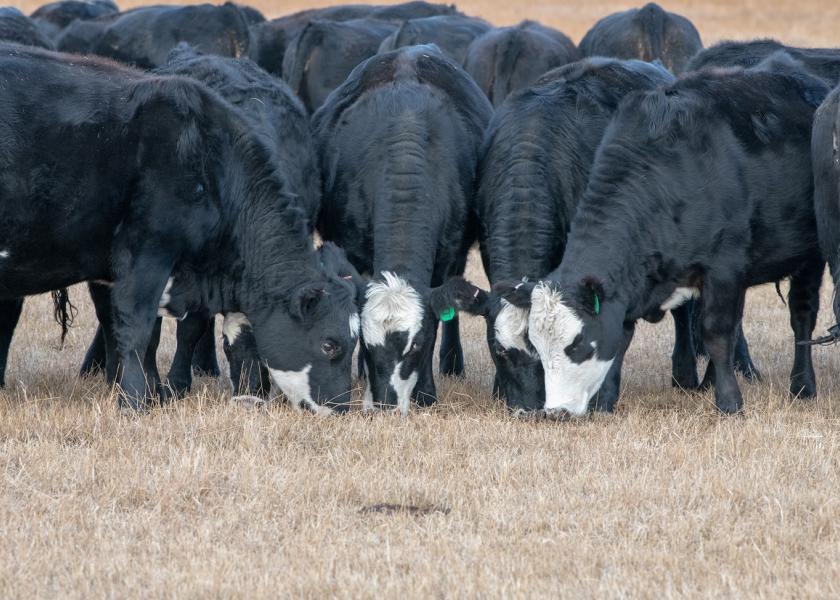What Are the Financial Implications of Debt-financed Heifer Purchases??

December and January precipitation greatly improved soil conditions across much of the US southern plains, including Oklahoma. The US Drought Monitor (https://droughtmonitor.unl.edu/CurrentMap/StateDroughtMonitor.aspx?OK) showed over 67% of Oklahoma is drought free as of January 25, 2024. Encouragingly, none of the state is in the extreme or exceptional drought. In comparison, just over 2% of the state was drought free in January 2023 with almost 58% of the state in extreme or exceptional drought.
With improved soil moisture and ponds refilled, Oklahoma cow-calf producers are looking to restock drought-diminished herds. However, there are reasons for caution before jumping into the heifer replacement market. Heifer prices are high, very high. At OKC on January 30, 625# heifers sold for nearly $238 per cwt, or nearly $1500 per head. There are reports of production sales with bred heifers going for over $2500 per head. These prices make financing of replacements risky for many producers.
First, let's consider financial position as measured by current ratio, debt-to-equity (D/E), and debt-to-assets (D/A). These measures help measure a farm’s ability to withstand financial shocks. Current ratio is the ratio of current assets to current liabilities. When buying replacement heifers, the producer increases longer-term assets (more breeding stock) while decreasing current assets (cash) and increasing current and longer-term debt. The means the current ratio drops. The producer is less able to generate cash in a timely manner. So, unanticipated expenses (e.g., equipment breakdowns or higher feed bills) or decreased revenues (e.g., disease outbreaks or breeding failure) can put the business in increased financial risk.
The D/E ratio is relative proportion of debt financing to owner financing. The D/A ratio is the percent of the farm’s assets “owned” by creditors. Both are important measures of credit reserve. Healthy D/E and D/A ratios (lower values are better) indicate the business can replace longer-term assets (equipment, building, breeding stock) as needed. And healthy ratios indicate the business has a buffer to withstand lower revenue and higher expenses as the firm can borrow against their asset base if necessary.
What this means for cow-calf producers is that borrowing to buy replacement heifers increases D/E and D/A, reducing the firm’s credit reserve. This reduces the firm’s ability replace other longer-term assets as needed and the firm’s ability to withstand shocks.
Second, let's consider cash flow demands. Debt financing increases cash outflows for debt service. Current replacement heifer notes will not self-liquidate unless a large downpayment is applied, maybe as high 75% down depending on loan terms. So, most producers will need other sources of unencumbered cash inflows to make principal and interest payments. Before committing to buy high-priced replacements, those sources need to be identified.
What the current conditions mean for financially struggling producers is that waiting to rebuild herds maybe the best financial option. If excess forage is available by delaying replacement purchases, the producer has options. Calves can be weaned onto grass to add pounds and revenue. Forage can be stockpiled to reduce feeding hay to cows in the fall and winter. Pastures can be leased to neighbors until needed. Hay can be baled and sold. Each of these options may result in healthier (i.e., less risky) financial positions and better cash flow balances.







